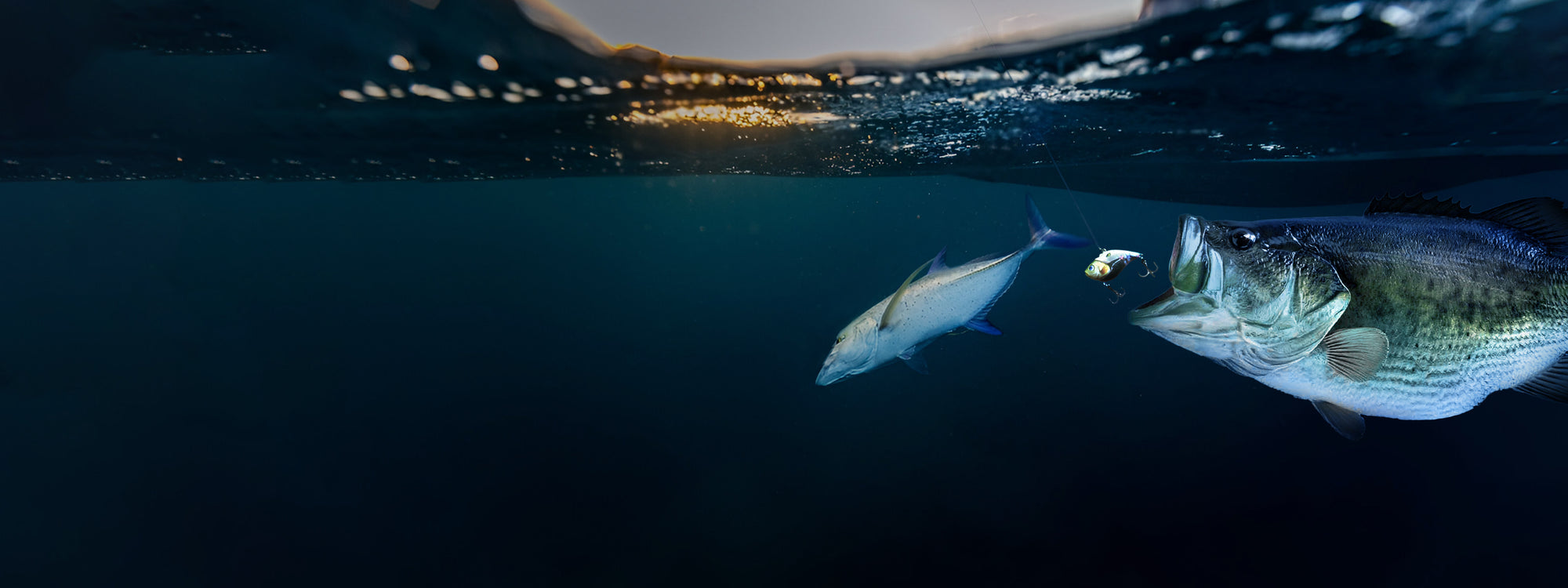Unlock the Secrets of Frog Fishing Lures: Master Your Technique and Reel in the Big One!
Frog fishing lures have taken the angling world by storm, captivating both novice and seasoned fishers alike. These unique lures are designed to mimic the natural prey of fish, particularly frogs, and are particularly effective in weedy or lily pad-laden waters where big bass often lurk. The thrill of seeing a massive fish explode from the surface to strike your lure is an experience that no angler forgets. Mastering the art of frog fishing not only enhances your fishing skills but also significantly increases your chances of landing that trophy fish. In this article, we will delve into the secrets of frog fishing lures, uncovering their unique designs, ideal conditions for use, effective techniques, common pitfalls to avoid, and best practices for a successful fishing outing.

Understanding Frog Fishing Lures
Frog fishing lures are specially designed artificial baits that imitate the appearance and movement of real frogs. Typically made from soft plastic, these lures often feature a hollow body that allows them to float on the water's surface, making them particularly effective for enticing predatory fish like bass. The design of frog lures can vary significantly, with some featuring realistic colors and patterns, while others incorporate bright, eye-catching hues to draw attention. Anglers can choose from different styles, including popping frogs that create noise on the water's surface and walking frogs that mimic the erratic movement of a struggling frog. Understanding the nuances of these lures can greatly improve your chances of a successful catch.
When to Use Frog Fishing Lures
The effectiveness of frog fishing lures largely depends on environmental conditions. The best times to use these lures are during the warmer months, particularly in late spring through summer, when frogs are most active. Additionally, early mornings and late evenings are prime times for fishing, as fish tend to be more aggressive during low light conditions. Ideal water bodies include ponds, lakes, and rivers with ample vegetation, such as lily pads, reeds, and grass beds. Observing fish behavior is crucial; look for signs like surface disturbances or jumping fish, which indicate active feeding. These cues will help you determine when to whip out your frog lures for the best chances at a big catch.
Techniques for Effective Frog Fishing
Using frog fishing lures effectively requires a combination of skill and technique. One popular method is the “walk the dog” retrieve, where the angler creates a side-to-side motion by twitching the rod tip while reeling in the line. This technique mimics the movement of a distressed frog and can provoke aggressive strikes. Casting near cover, such as lily pads or fallen trees, increases the likelihood of attracting fish hiding in these areas. Another effective strategy is to pause the lure briefly after it's cast; this can entice fish that are lurking below to strike. Whether you're a beginner or an experienced angler, experimenting with different retrieves and placements can lead to greater success.
Common Mistakes to Avoid
Even seasoned anglers can fall victim to common mistakes when using frog fishing lures. One of the biggest errors is not allowing the fish enough time to take the bait. Many anglers make the mistake of setting the hook too early, resulting in missed opportunities. A good rule of thumb is to wait for a solid tug before setting the hook. Additionally, using the wrong gear can hinder your success; anglers often fail to use appropriate rod and line setups, which are crucial for effectively casting and reeling in fish. To avoid these pitfalls, practice patience and ensure your gear is tailored for frog fishing.
Best Practices for Frog Fishing
To maximize your fishing experience, it's essential to have the right gear. A medium to heavy action rod, combined with a braided line, is ideal for frog fishing, as it provides the strength needed to handle aggressive strikes and pull fish from heavy cover. A line between 50 to 65-pound test is typically recommended. Additionally, consider your safety and the environment; always wear a life jacket if in a boat, and be mindful of local fishing regulations and conservation efforts. Practicing catch and release can help preserve fish populations for future anglers. By adhering to these best practices, you can enjoy a rewarding and sustainable fishing experience.
Maximizing Your Fishing Potential with Frog Lures
In summary, mastering the use of frog fishing lures can greatly enhance your fishing adventures. By understanding the unique features of these lures, knowing when to use them, and employing effective techniques, you can significantly increase your chances of catching that elusive big fish. Avoiding common mistakes and following best practices will not only improve your fishing success but also contribute to a sustainable fishing environment. So, grab your gear, head out to the water, and start experimenting with your frog fishing skills for a more thrilling fishing experience!








